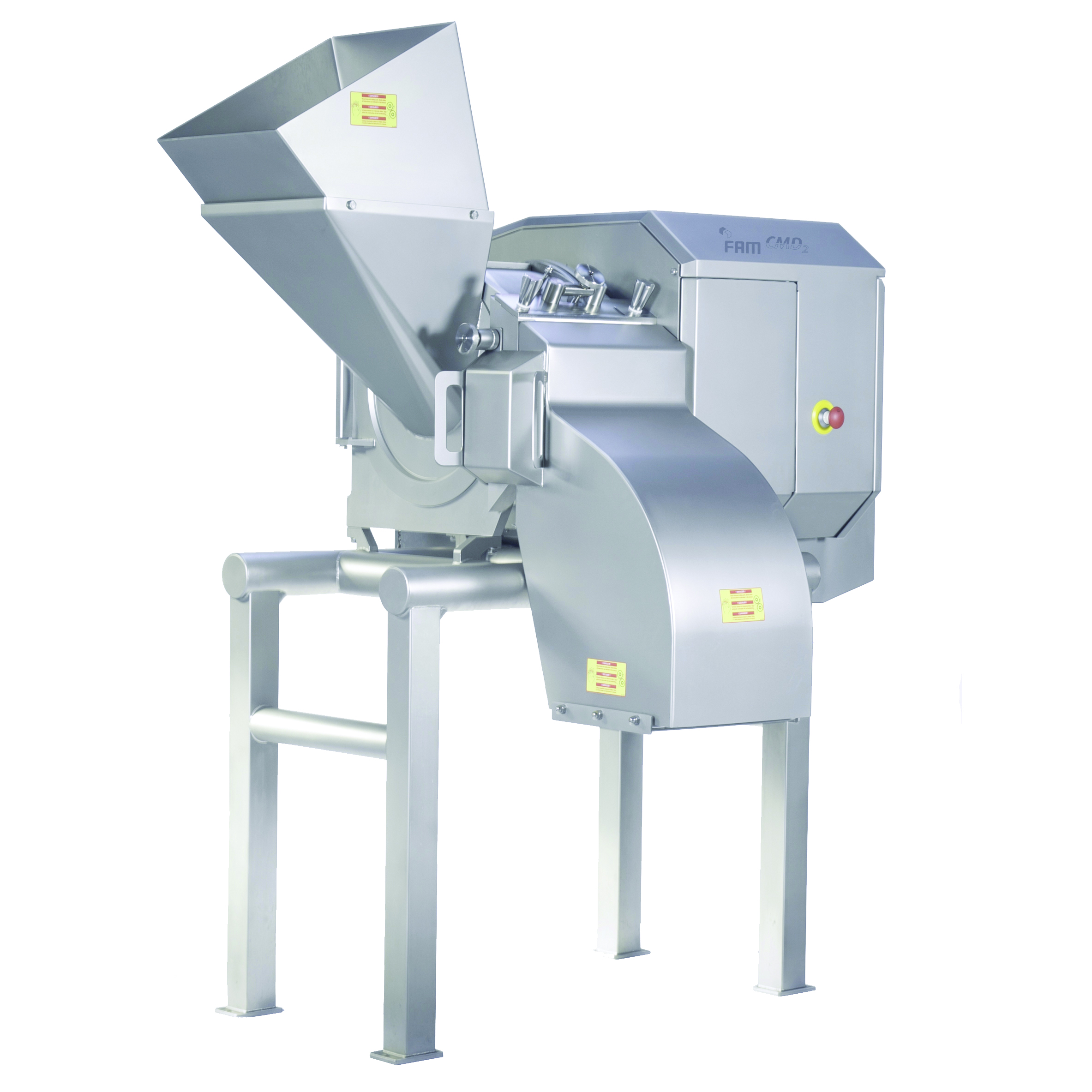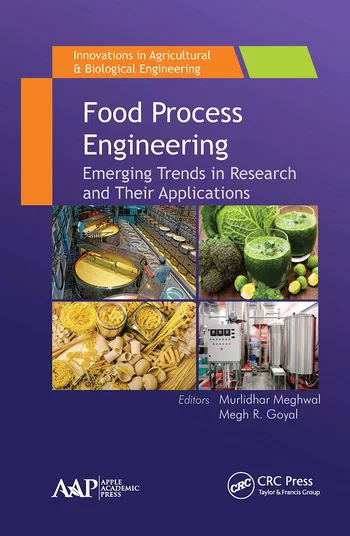Sponsored Content
Automation: A Game-Changer in Pet Food Processing
Keep your business at the forefront with automated equipment, which is paving the way for faster, more efficient production.

Credit: Getty Images/Firn
The pet food industry only shows signs of growth for the foreseeable future. In 2020, even with the supply chain issues, there were no signs of a slowdown in this segment. Many consumers choose to order through e-commerce channels such as Chewy, as well as have fresh in-home delivery for their pets.
The line between human and pet food has become blurred lately. Spending more time at home during the pandemic has given consumers time to take a closer look at their pet’s health and diet. Owners want what’s best for their pets—which means many human-grade foods.
Trending
“Pet owners are concerned with their pet’s nutrition across the food spectrum, from primary food products to treats. They want wholesome products,” says Nehemiah White, market manager for North American pet food, Deville Technologies.
The push for sustainable and value-drive brands is another trend. Consumers are looking for pet food products that are sustainable, traceable and responsibly sourced—as well as taste amazing.
White adds that ready-to-eat meal products which come in many different forms, but particularly the refrigerated products, has been a major trend.
Of course, we can’t forget supplements. Pets need to have foods and treats that include health benefits from supplements—such as vitamins, fruits and vegetables, probiotics, fish oil and more. In fact, Grandview Research says that the global pet supplements market size was valued at $1.47 billion in 2020 and is expected to grow at a compound annual growth rate of 5.9% to 2028. That’s a good increase for any sector, let alone a subsector like pet supplements.
White says that product offerings are becoming much more versatile as opposed to standard product offerings that are sold every day, 24/7. “Because of the high demand for new and unusual products, manufacturers are requiring high capacity and highly versatile production environments.”
Equipment Solutions
Deville Technologies provides equipment to the freeze-dried pet food industry. The specific focus for the supplier’s equipment is the reduction process for frozen products. ““Outside of grinding or extrusion and prior to the spiral freezer, we design full precision reduction systems for frozen meat products from full block to diced product,” explains White.
With the company’s history in cheese and its partner, FAM, Deville Technologies has taken the holistic design principles into the pet food space, with which FAM is very familiar, and combined those two worlds to come up with some world-class solutions for pet food manufacturing.

“We've been working within the protein industry for several decades, so this just adds on to what we've been doing throughout the industry to expand on our product offerings and also the technology that was needed within the industry to make it safer and more hygienic,” says White.
After years of testing products from rabbit muscle and beef liver to salmon fillets and duck hearts, Deville has provided the industry with a dicer that fulfills industry needs. Keeping in mind the end customer’s requirement for a minimally processed and clean product, the FAM CMD.2 Dicer was created with minimal cutting tools and complete separation between the mechanical and food product zones. With increased durability to handle a variety of product temperatures while yielding a high capacity, the FAM CMD.2 Dicer has allowed Deville customers to eliminate steps in their process and become more competitive and flexible within the marketplace.
Deville also has slicers, combination slicers/dicers, guillotine slicer/dicer, shredders, block cubers, combination slicers/shredders, feeders, conveyors, drums and more customized solutions as well.
“It doesn’t just take the block and reduce it to a dice, but accomplishes this at high capacities. It stands out in that it is a full, robust line that will reduce upwards of 10,000 to 15,000 pounds per hour of frozen blocks, which is sustainably unheard of within our industry,” White says.
The equipment incorporates metal detection to make sure that there are no foreign objects within the product stream. “There are other pieces that we can add into the line in case [the manufacturer] wants to sort out the fines and use them for a topper or another product SKU,” says White.
Challenges & Lessons
Deville worked in mainly soft products and items for the pet food industry, and as they were dealing with many partners throughout the pet food industry, they found that there was a need for freeze-dried and frozen capabilities. “Our equipment could already process frozen products, but most of the processors were using band saws to reduce the frozen blocks prior to dicing, which is a highly manual process requiring a large number of personnel and constant interaction with dangerous blades,” explains White.
And that's really where the full line solution stemmed from, which was about two years ago, that could take a frozen block and make it into small half-inch dices, which is the main product produced today.
“The biggest challenge that the industry is facing is full-scope automation, not just piecemeal automation,” White says. “You can have one piece of equipment that can automate your dicing, but automating from point of reception to point of distribution is another thing.” You should work with a supplier who can think from point A to point B—who are able to offer that holistic, systematic process improvement mindset that will allow them to automate efficiently.
Otherwise it's very stop-and-go because processors are trying to expand rapidly, and if there's no like-industry options or mindset for automation, it’s very difficult to automate efficiently. Versatility is a tough thing for the industry because everybody wants to use one piece of equipment for everything they want to do. So, versatility is challenged.
The other challenge is general technical support from a processing standpoint, says White. This goes back to the workforce issues. As a result of the workforce challenges, companies have fewer in-house technical experts from an equipment standpoint. The industry is relying more and more on equipment manufacturers to provide the technical support that they need and to build equipment that is robust enough to withstand the 24/7 production cycles run.
Ingredients
As far as meats and ingredients, Deville works with offal byproducts as part of the meat-processing sector, as well as whole muscle meats like beef, pork and chicken. They are also working with blended products that are designed for the industry.
“We reduce that full breadth of products, the proteins and the fruits and vegetables; there are actually companies that produce a cheese-like product that we can reduce as well,” explains White.
Both treats and foods are wholesome and have strong dietary components, and that's where the freeze-dried market comes in—pet owners want wholesome choices for their furry family members.
The topper market has become extremely creative, as well—not just simple meal toppers, but toppers that you can put on anything your pets eat. “That will, one, give them dietary supplements or two, add strong, natural flavor to standard pet food products,” says White.
Another branch of growth is in freeze-dried products that are not just single-ingredient freeze-dried products, but that are complex nutritional products in a freeze-dried form. “It’s taking the single product, like the by-products or the offal, and combining them with certain fruits and vegetables or other meat products, to make a complex blend of products that can then be freeze-dried as both a treat and as kind of a side almost,” White adds.
While pet owners are moving toward plant-based nutrition, they want their pets to eat the same way. So if they're choosing meatless options, they want their dogs, their family members, to do the same. Alternative proteins are not processed in the same manner as “real” meat products are. ““On the pet food side, many types of alternative protein products are being developed, and manufacturers are looking for the capabilities to process those alternative proteins effectively,” says White.
What’s Next
Deville is currently looking at innovating in the alternative protein space for pet food within the freeze-dried industry. “Our customers want to move into this sector, and are reaching out to us to perform the testing and innovation in our North American labs in order to design new equipment or redesign existing equipment for these new proteins,” says White.
For instance, soy products and even fungus-type products, where companies take an unnatural substance and turn it into a naturally looking one, which comes with its own complexities, is something they are developing equipment to process effectively.
Another recent innovation in the pet food sector for Deville centers around wet pet food processing and the capabilities to reduce hot products into precision dices without extruding or crumbling the product.
Interested in testing your product? Deville has client testing centers in both the US and Canada. Please call for more information: 866-404-4545.
Looking for a reprint of this article?
From high-res PDFs to custom plaques, order your copy today!








